Synopsis
Daphne and Barbara are so similar because they are clones, two people who have exactly the same genetic makeup. When their mother was pregnant, her fertilised egg split into two, creating two identical cells that grew into Daphne and Barbara.
- Programme: i-Science
- Channel: BBC Two
- Broadcast year: 2009
- Biology | Reproduction, genetics and evolution | Reproduction | Fertilisation
Licence: ERA Licence required
UK only
Staff and students of licensed education establishments only
Cannot be adapted
Add Notes
More clips from I-Science
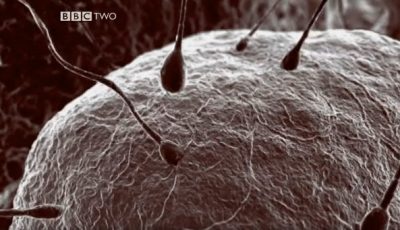
Cell division | i-Science
Cell division | i-Science
What is the role of mitosis and meiosis in the human body?
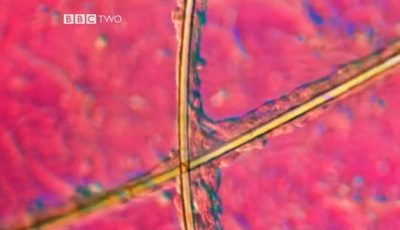
Embryonic stem cells | i-Science
Embryonic stem cells | i-Science
Stem cell research raises ethical issues, which makes some people uncomfortable about it, in spite of the potential benefits.
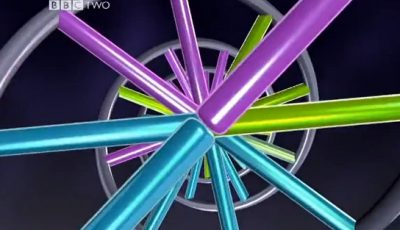
Gene therapy for cystic fibrosis | i-Science
Gene therapy for cystic fibrosis | i-Science
Spec references J247: B6.3l J250: B6.3i. An example of a genetic disease, cystic fibrosis. Someone sharing their experiences of ...
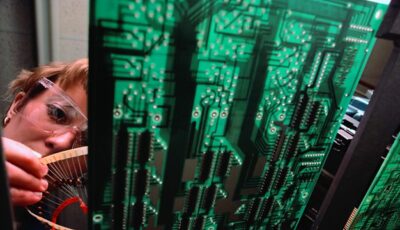
i-Science
i-Science
A fun, engaging and relevant programme, inspiring the viewer to consider the science within and how scientific process can be used to test ideas and develop theori...
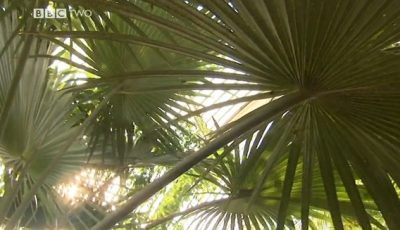
Rate of photosynthesis | i-Science
Rate of photosynthesis | i-Science
Photosynthesis is the chemical reaction through which plants make glucose and oxygen. It is crucial to all life on Earth because it is the...
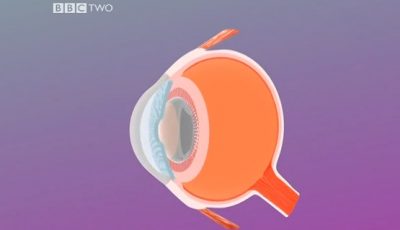
The eye | i-Science
The eye | i-Science
Specialist eye surgeons at the world famous Moorfields Eye Hospital in London, use some of the most technically advanced equipment to take a look inside ...
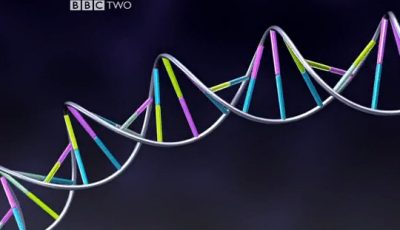
The human genome | i-Science
The human genome | i-Science
Whether genetic technology causes social harms is really up to us and how we choose to use it.
More resources about Cell division (mitosis and meiosis)

The establishment of Germ Theory | The Cell
The establishment of Germ Theory | The Cell
This clip explores the revolutionary discovery that diseases are caused by microscopic organisms rather than spontaneous generati...
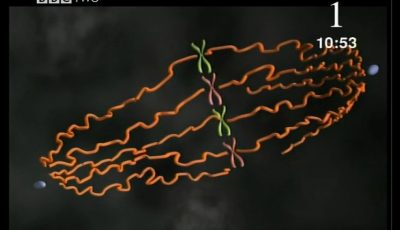
The process of mitosis | Short Circuit
The process of mitosis | Short Circuit
The process of mitosis, seen through a microscope, and then illustrated and explained with a computer simulation.
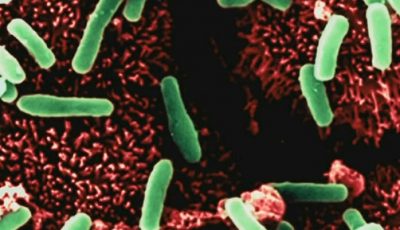
Growing bacteria | Bitesize Science
Growing bacteria | Bitesize Science
Bacteria reproduce by cloning themselves, and in the right conditions can reproduce very quickly.
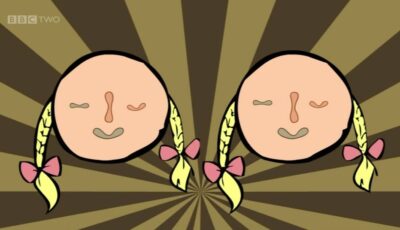
Mitosis, meiosis and reproduction | GCSE Bitesize Revision
Mitosis, meiosis and reproduction | GCSE Bitesize Revision
Spec references J247: B2.1b, B5.1f, B5.1h J250: B2.1b, B5.1f. Different steps of mitosis, asexual reproduction, di...
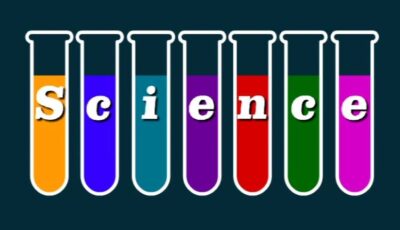
Cell Division | GCSE Bitesize Revision
Cell Division | GCSE Bitesize Revision
Animated shorts to support students preparing for assessments in GCSE Additional Science.

Cell division | i-Science
Cell division | i-Science
What is the role of mitosis and meiosis in the human body?
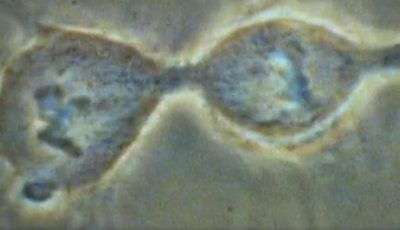
Dance of the chromosomes | Bitesize Science
Dance of the chromosomes | Bitesize Science
Mitosis is a type of cell replication that is essential to the human body's ability to grow and repair.
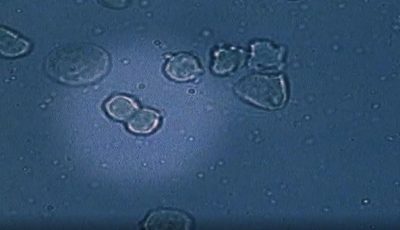
The Discovery of Cell Division | The Cell
The Discovery of Cell Division | The Cell
How little-known scientist Robert Remak came to observe and describe the process of cell division for the first time.
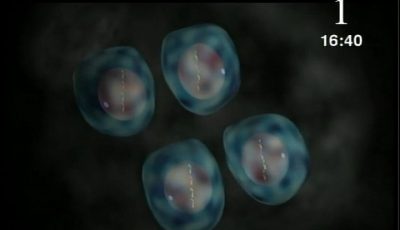
The process of meiosis | Short Circuit
The process of meiosis | Short Circuit
The process of meiosis in sperm and egg cells is explained and illustrated.
